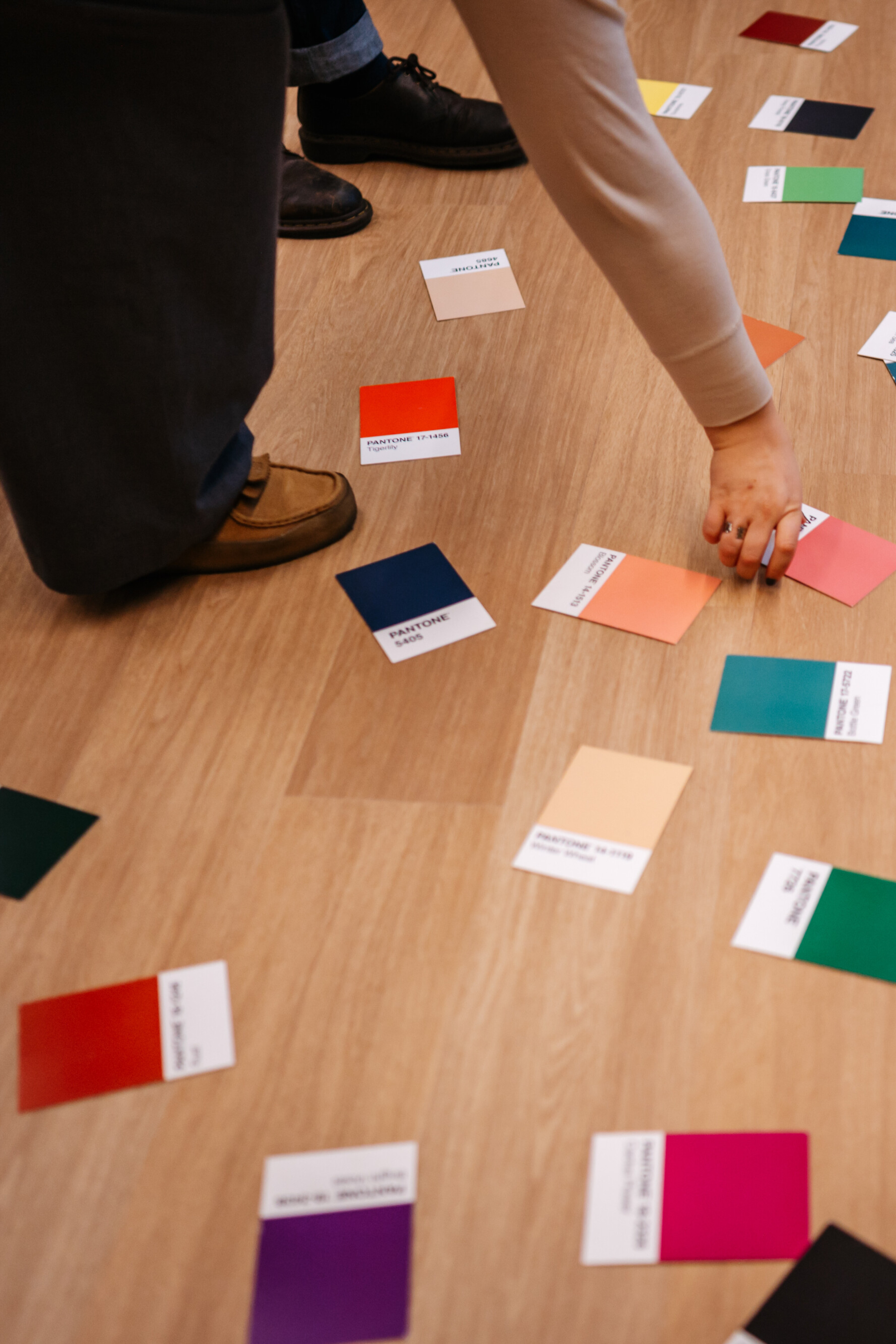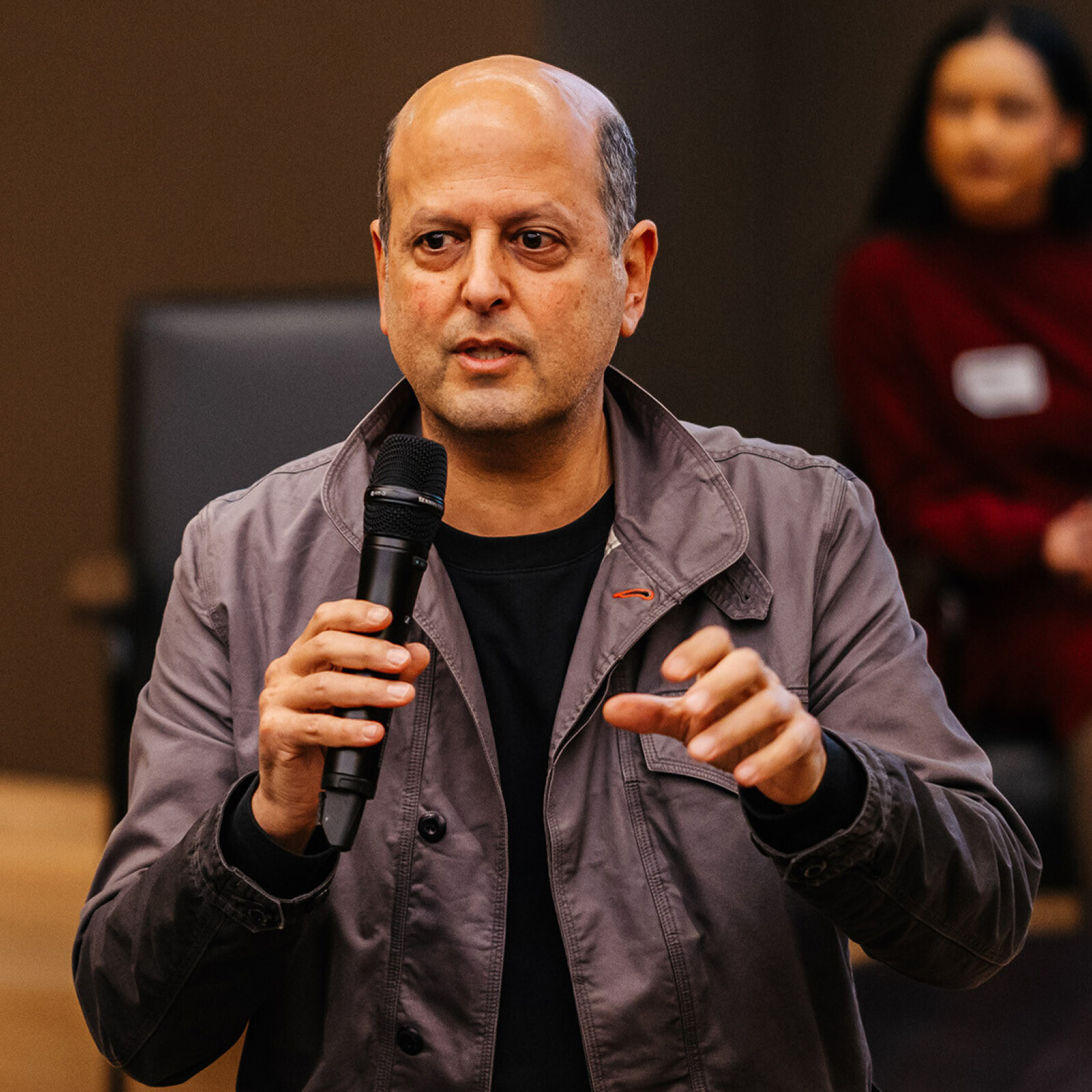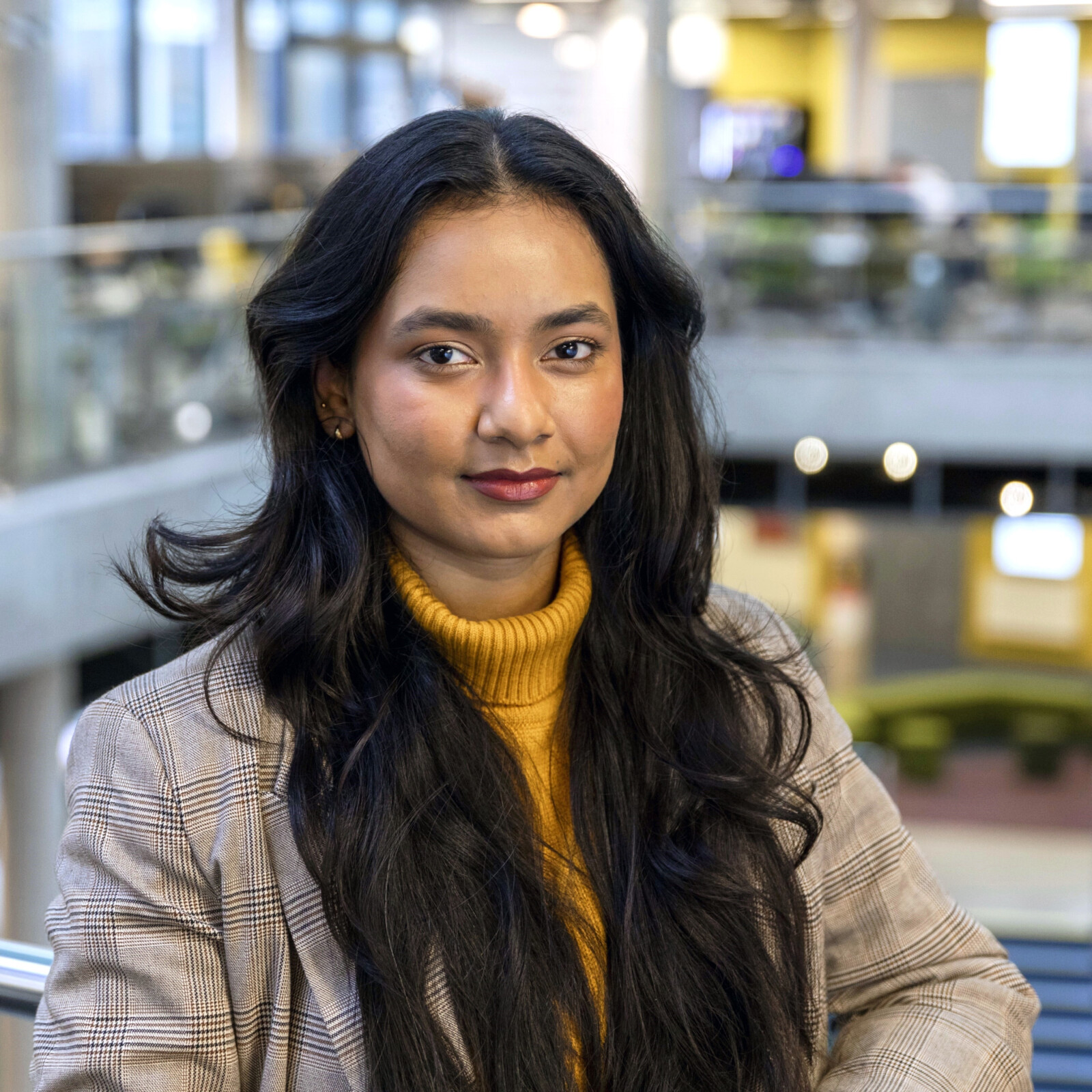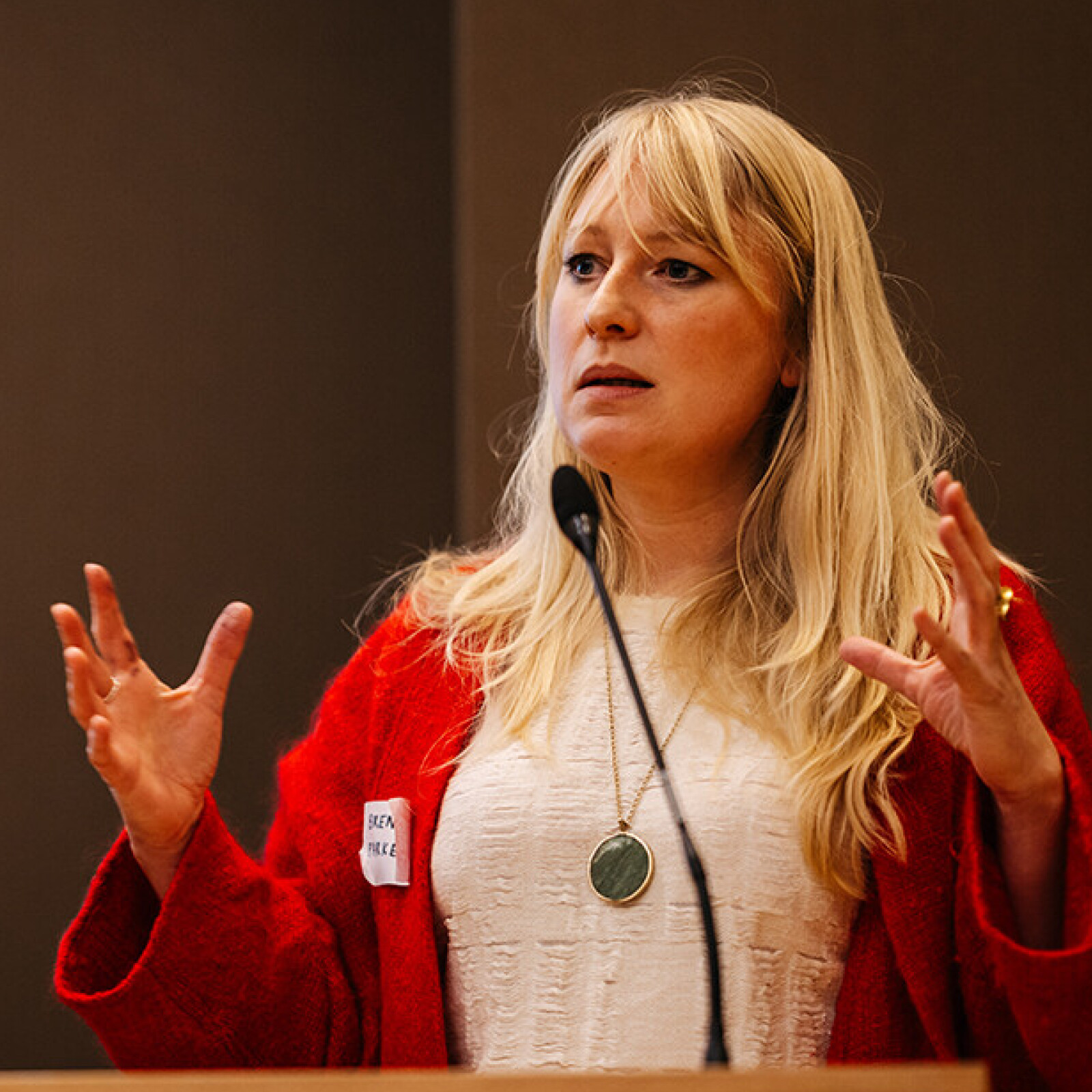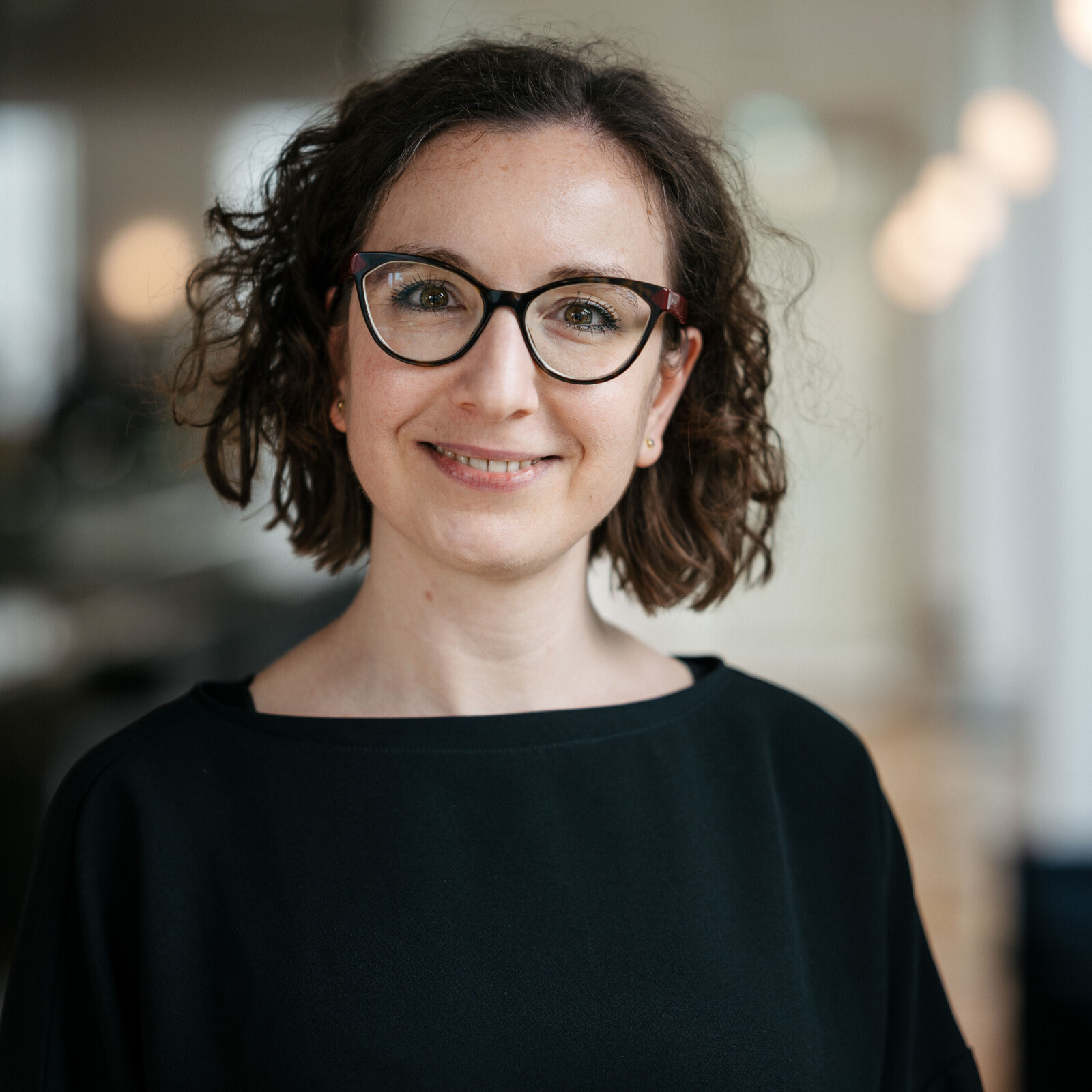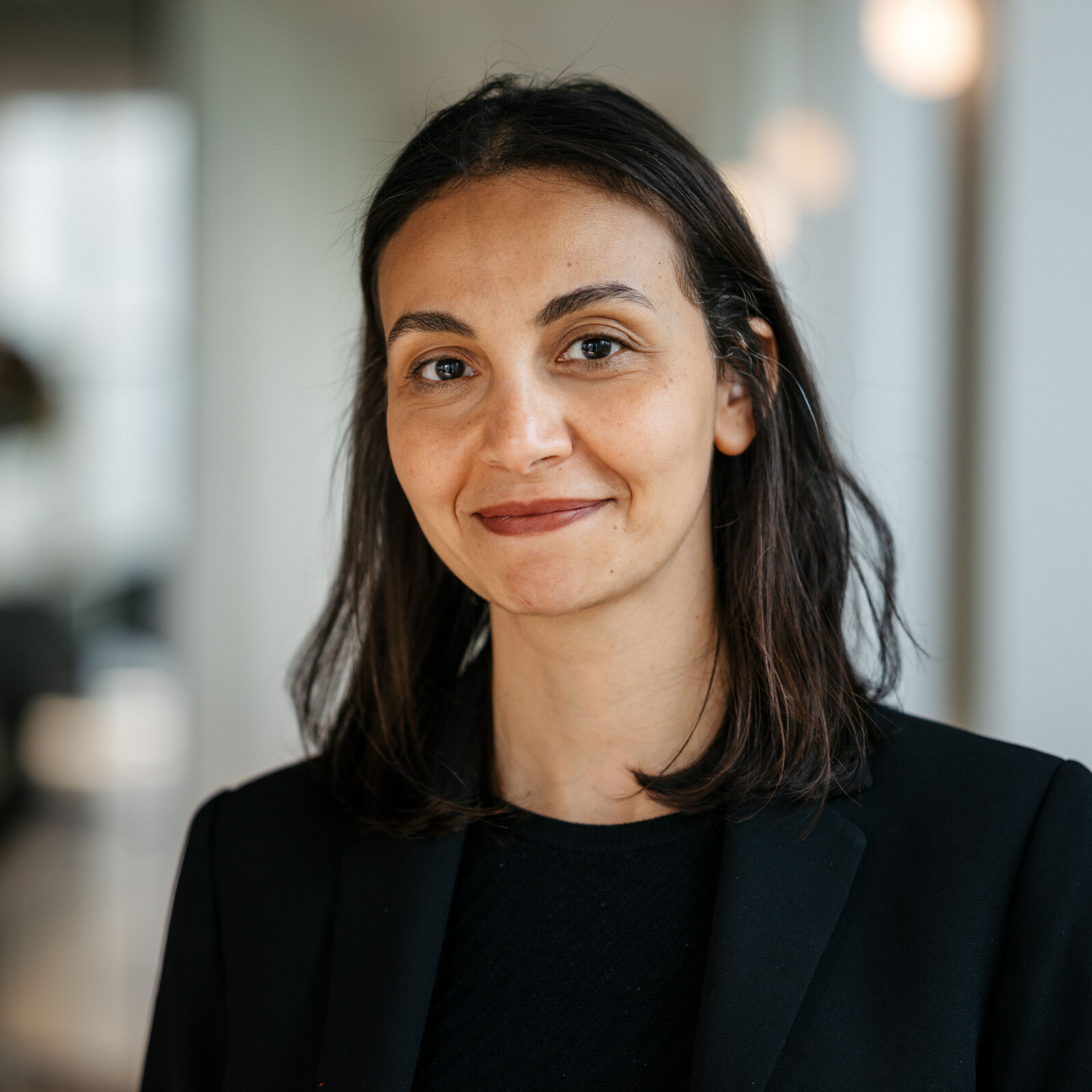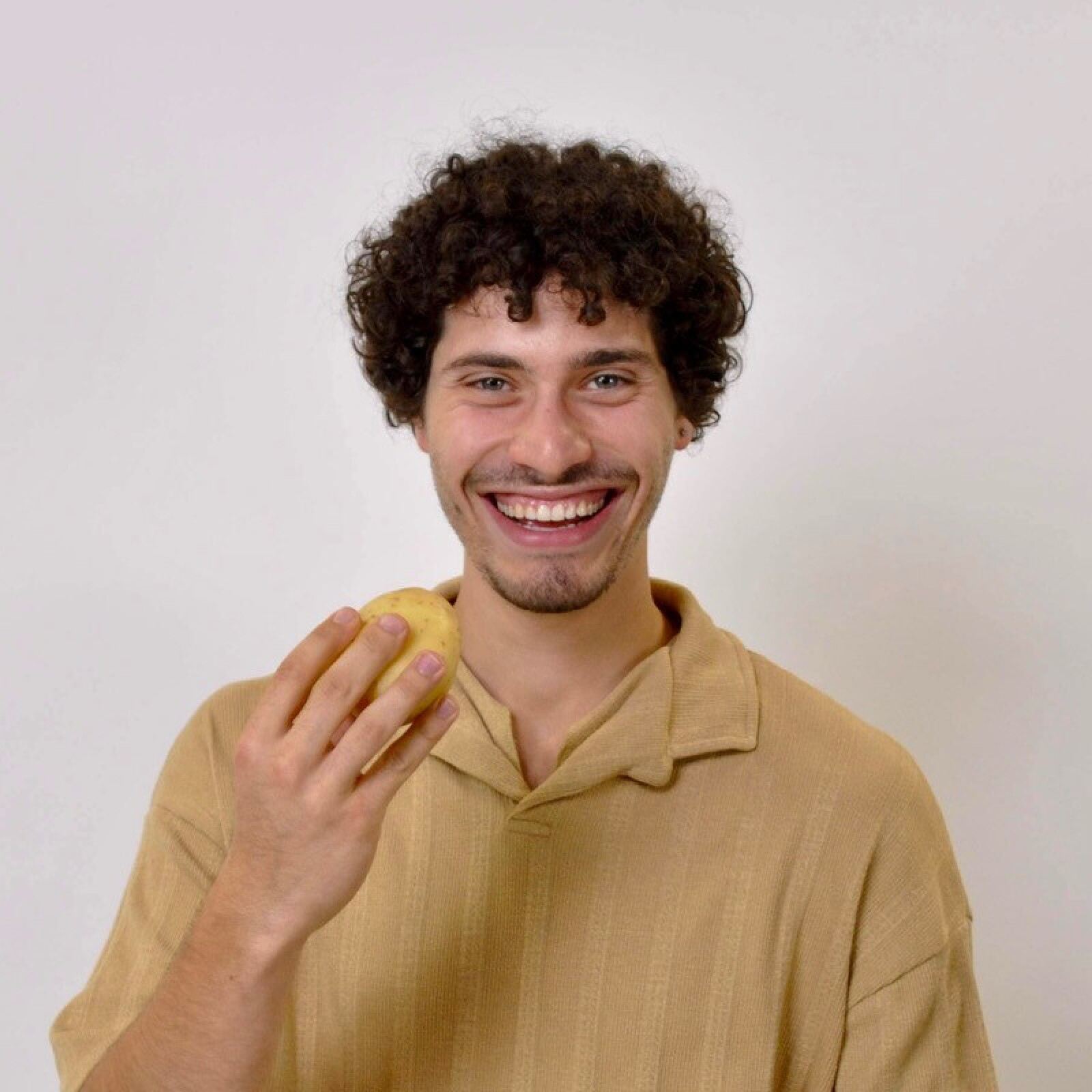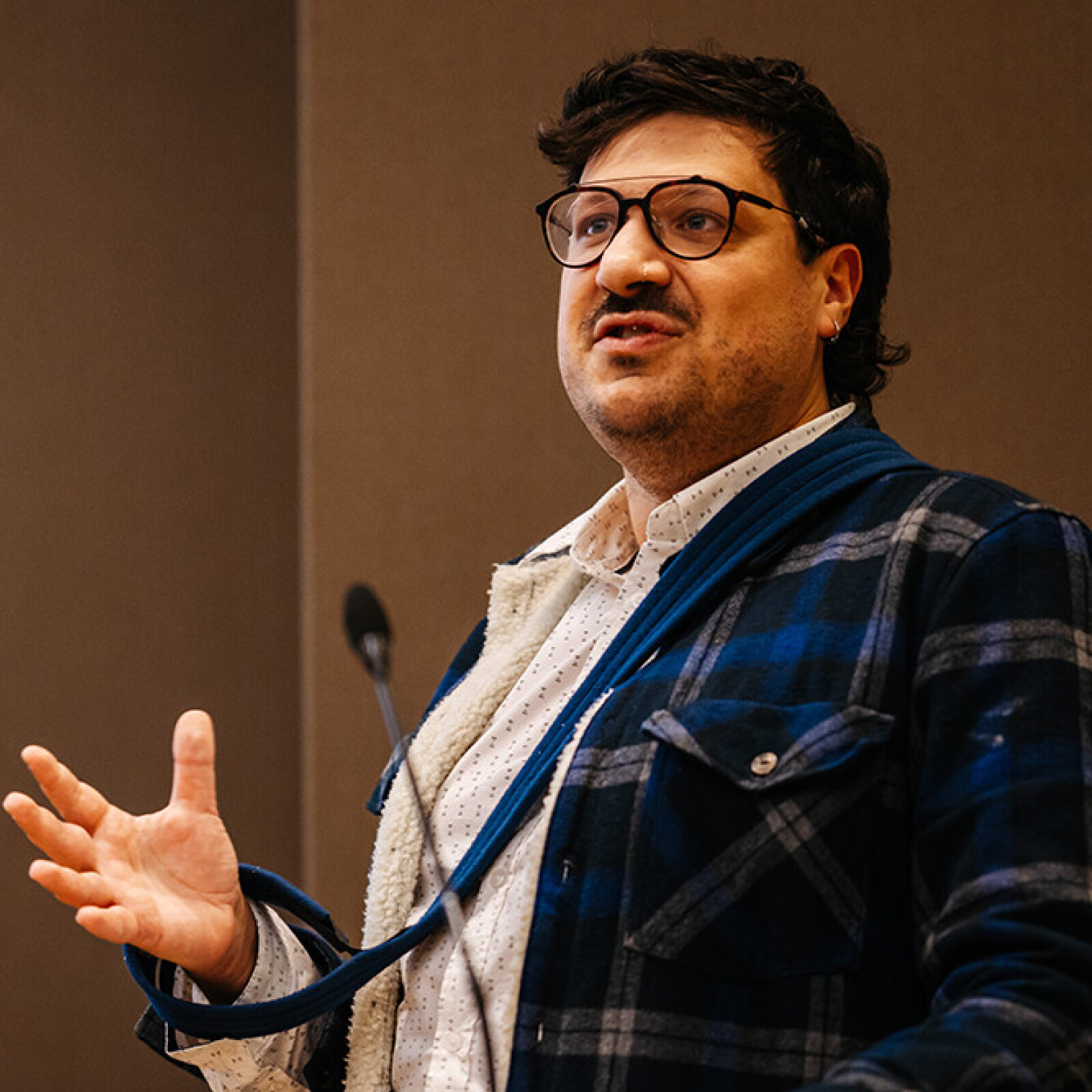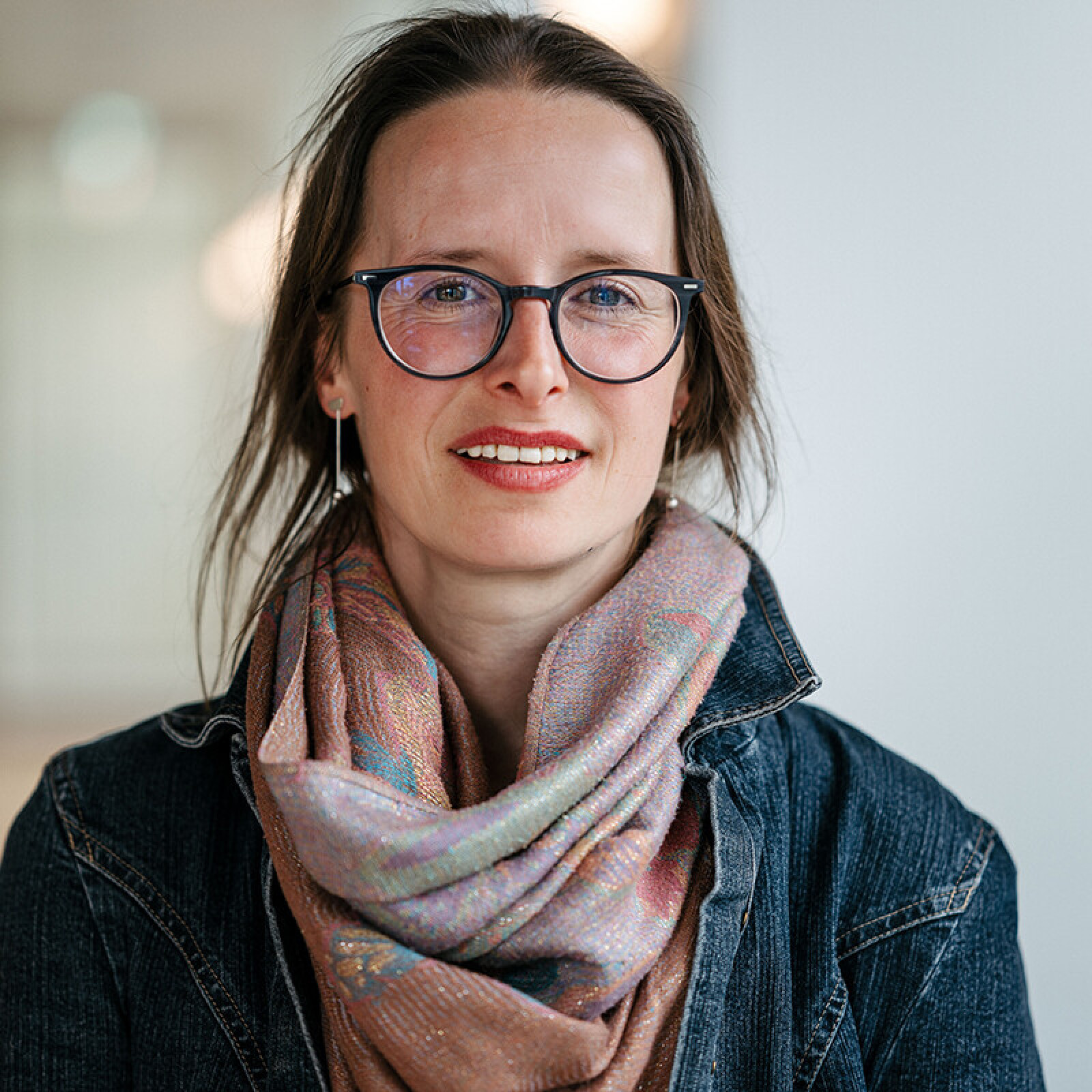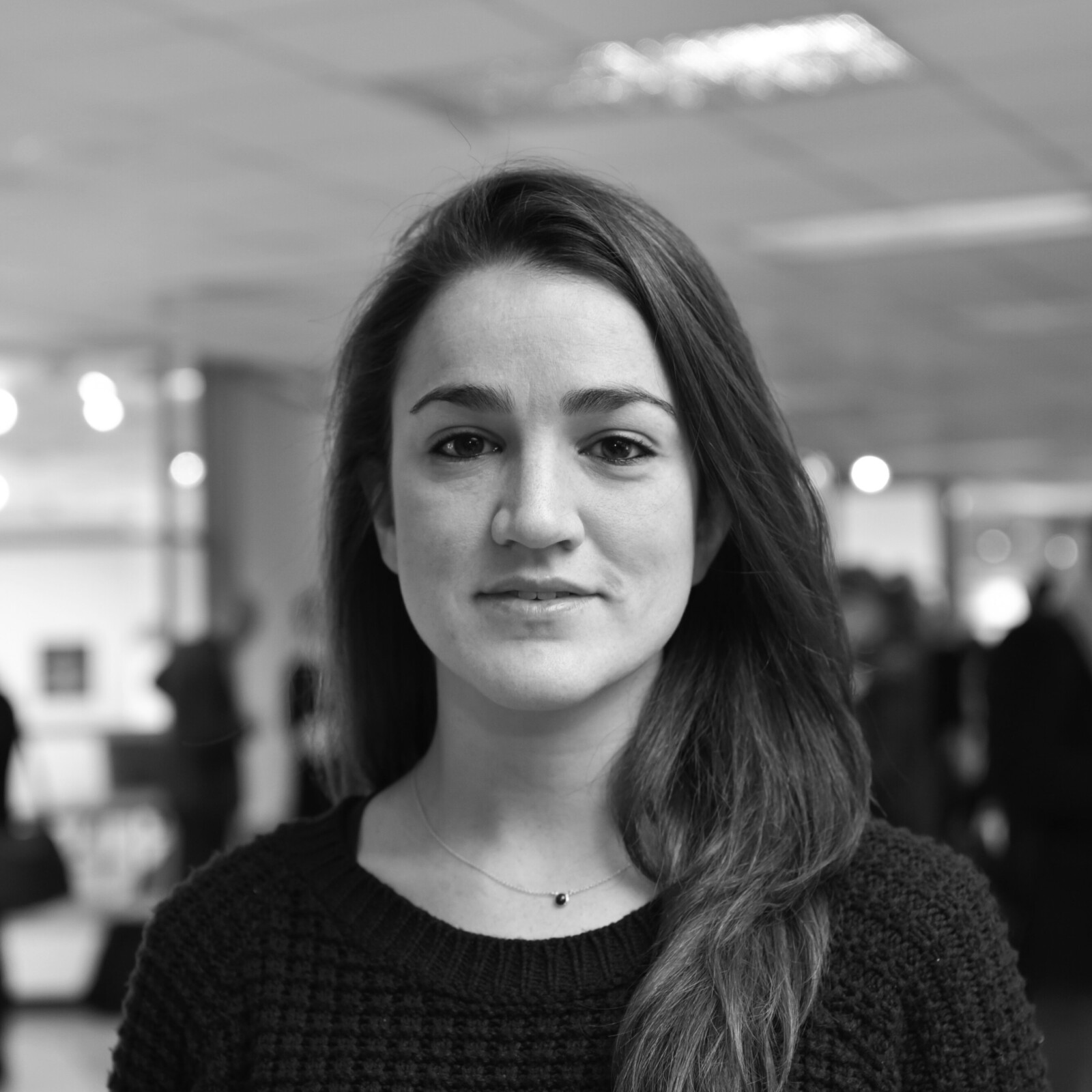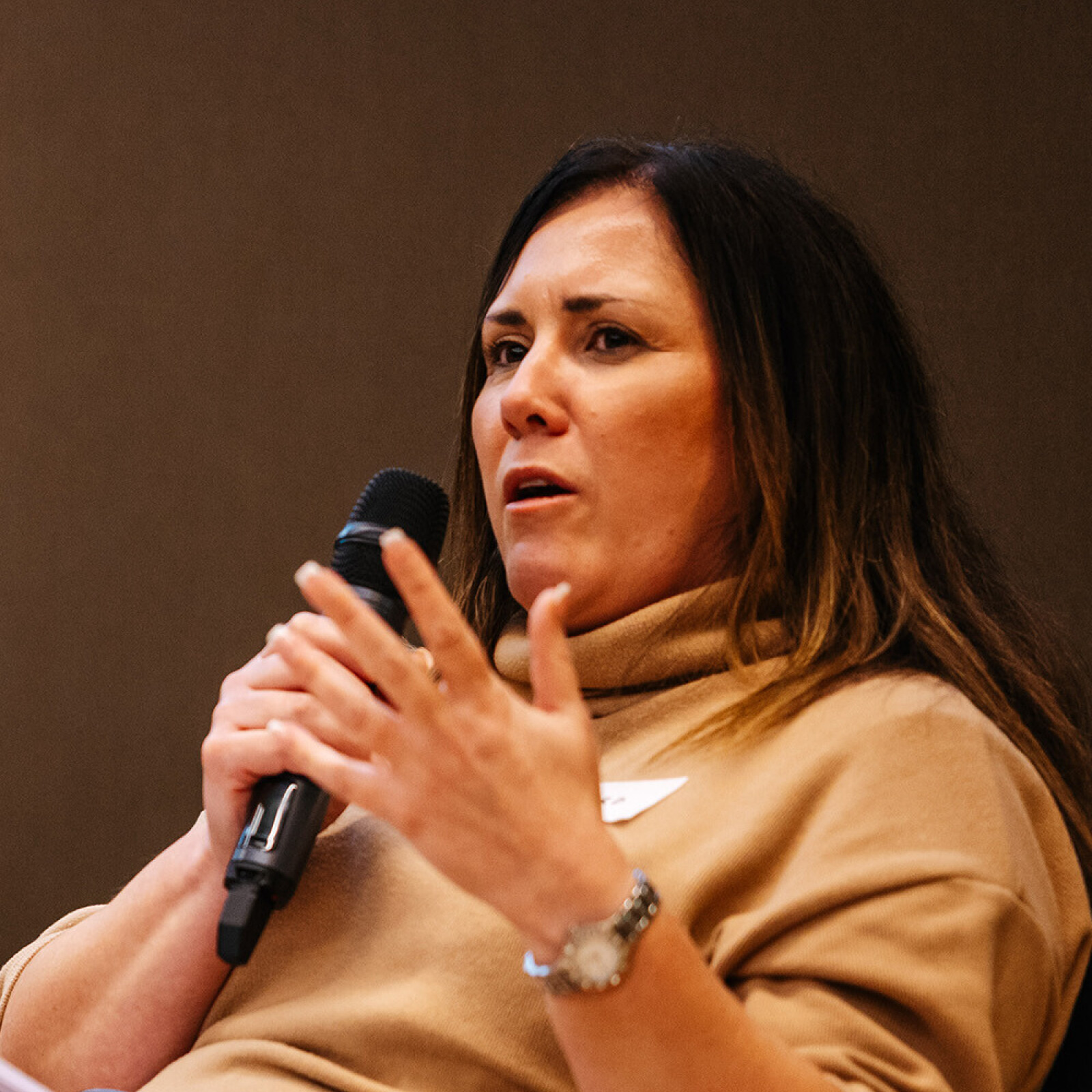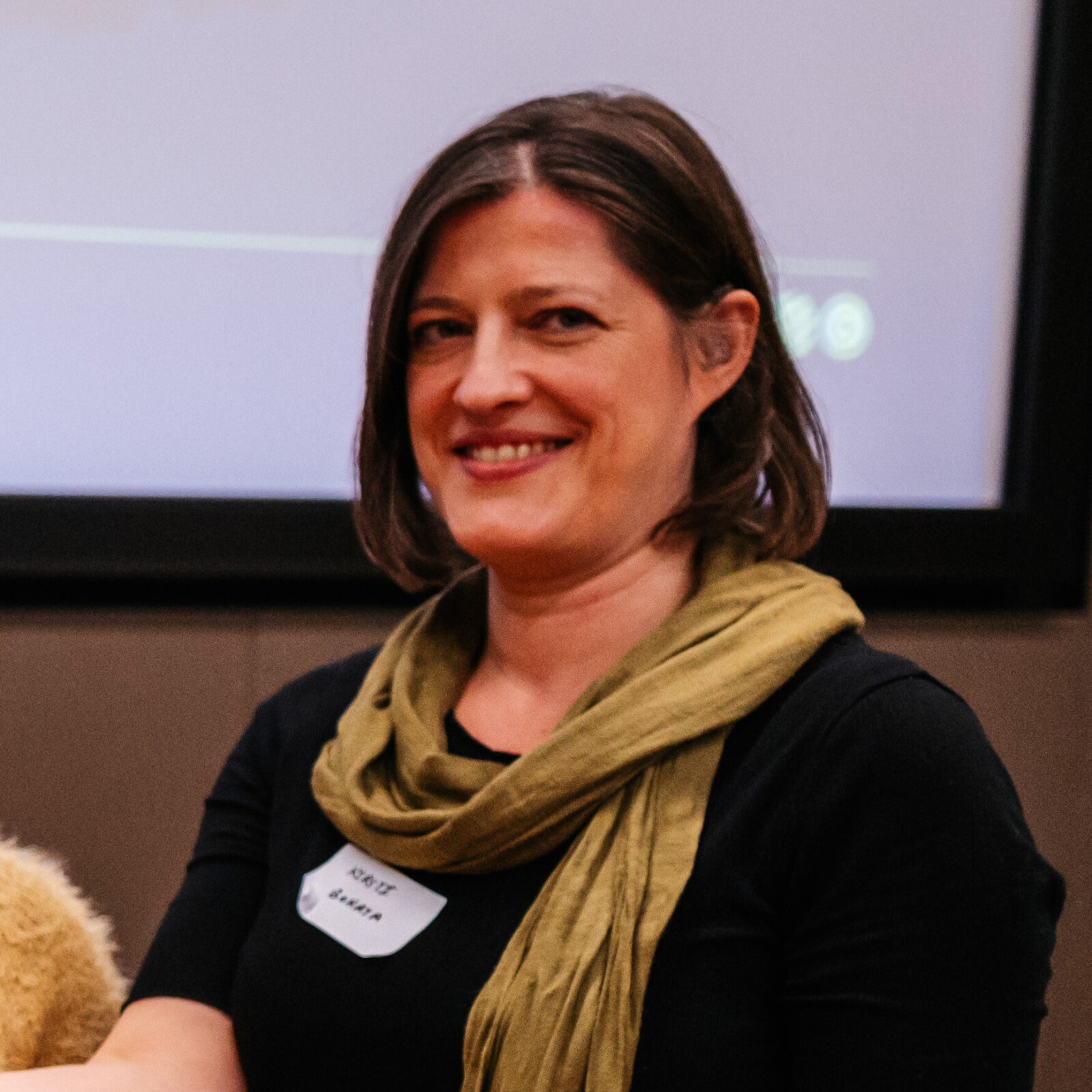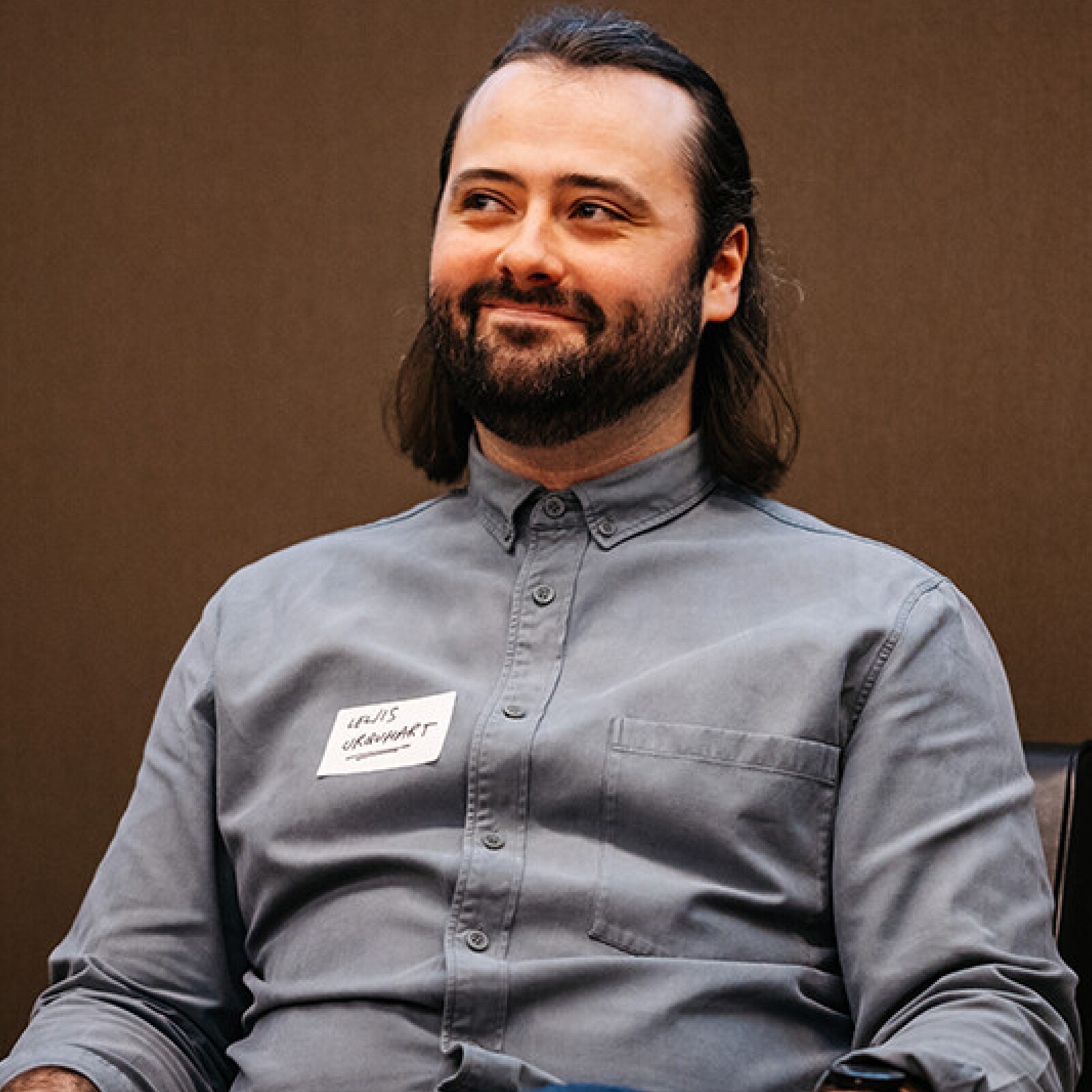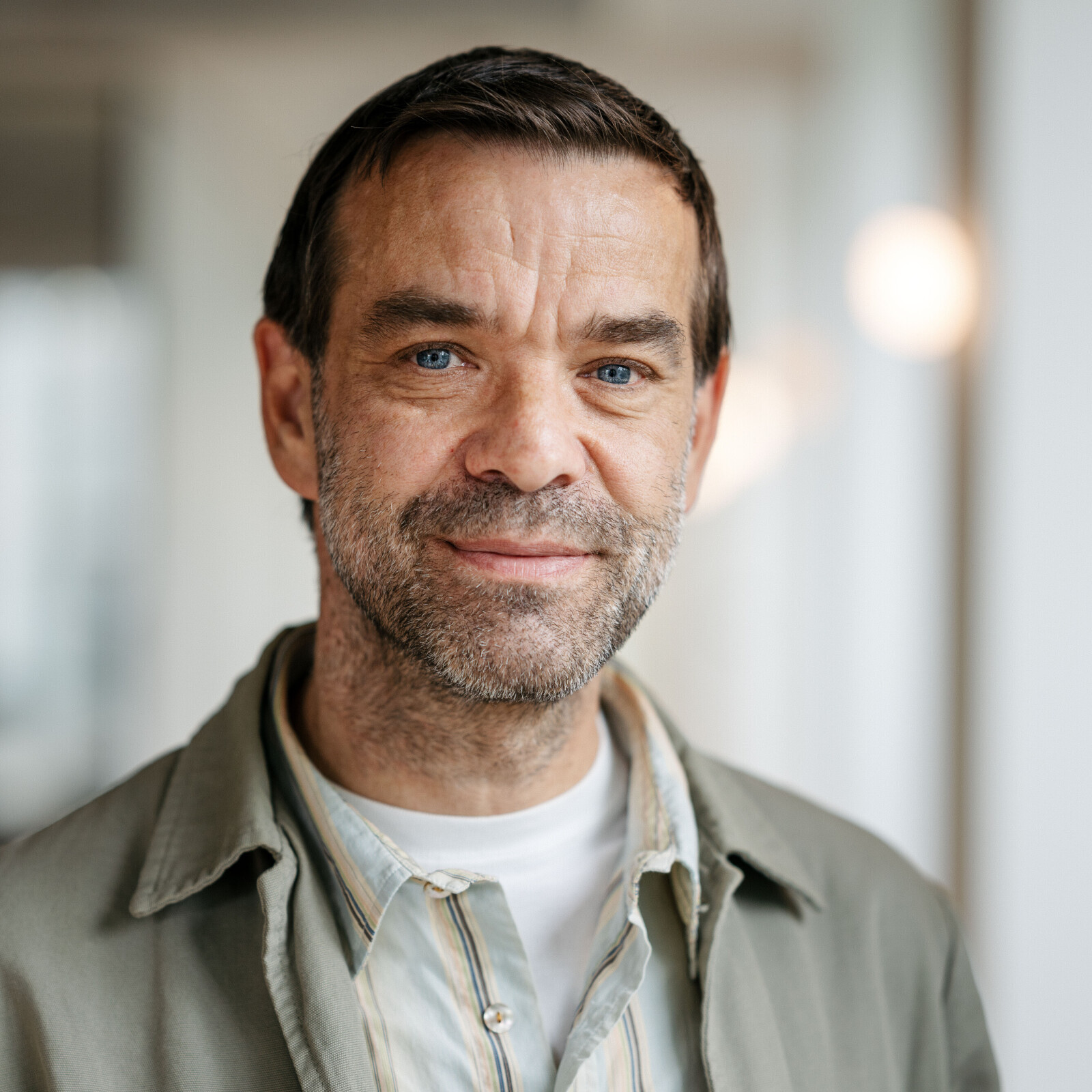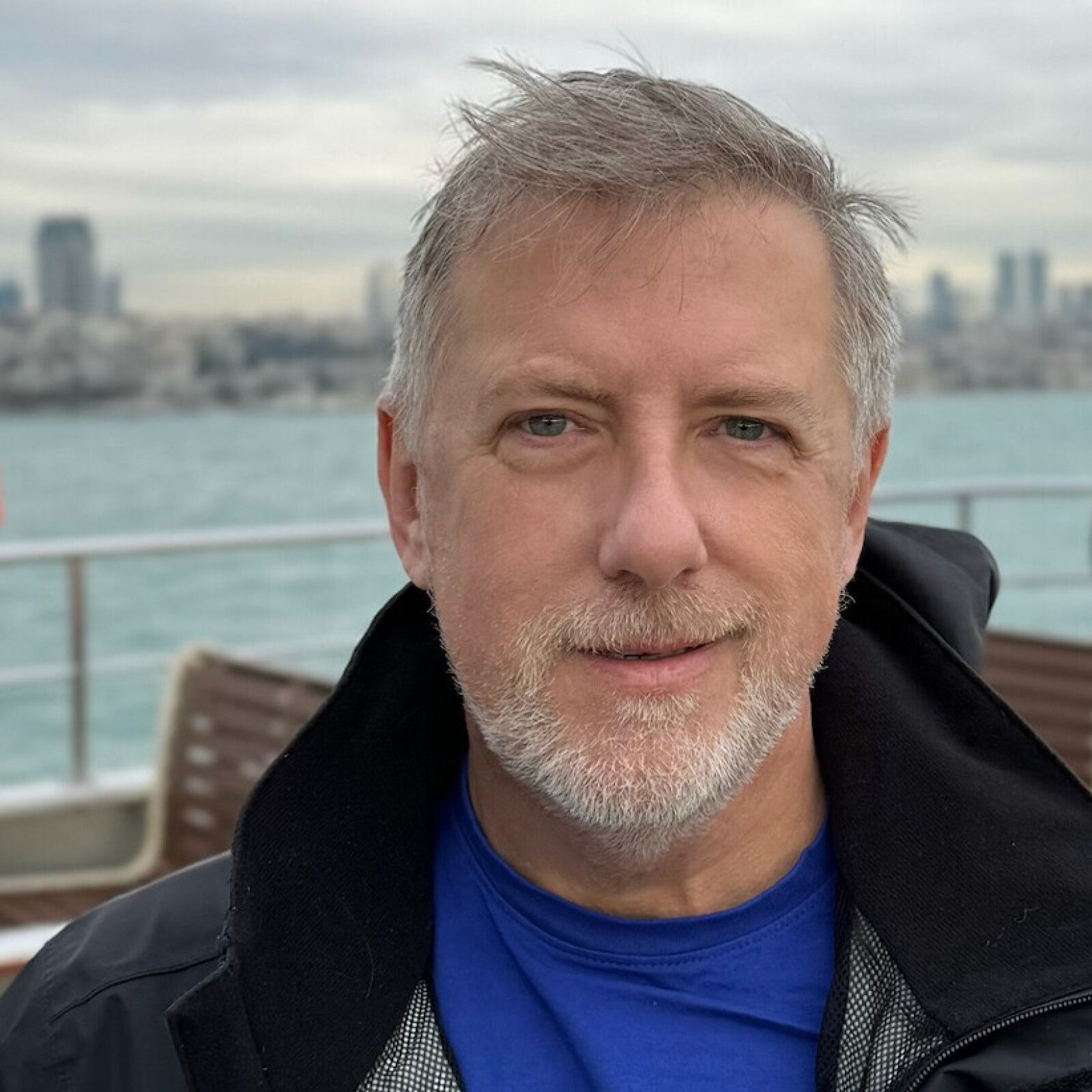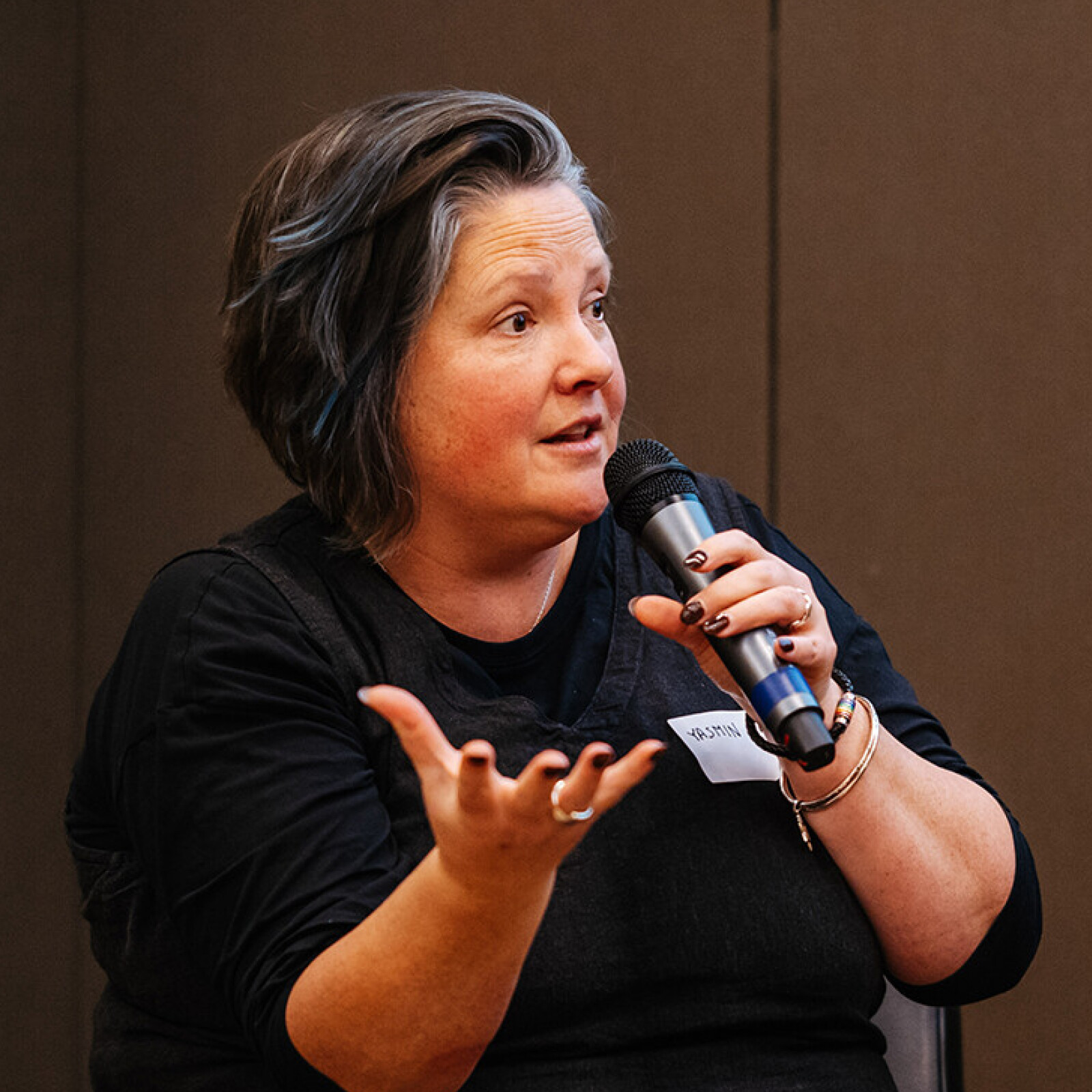At the end of November, we held a forum for the researchers and academic partners on our Design Exchange Partnership and Design Accelerator programmes. Marking the end of both cohorts’ research periods, the event was designed to be a reflective and celebratory moment in which our researchers could present their work to each other at the Design Museum in London.
We were thrilled, therefore, to welcome representatives from twenty-one projects, bringing together researchers from locations across the UK, including Inverness, Plymouth, Belfast, and Carmarthen. Their projects mirrored this geographical diversity, too, tackling issues from agricultural waste management to uptake of domestic retrofitting and salt marsh regeneration. With research interests ranging from sewage to seaweed, and solar panels to sustainable period products, the wealth of expertise at the forum was a reminder of just how expansive and interdisciplinary design research can be.
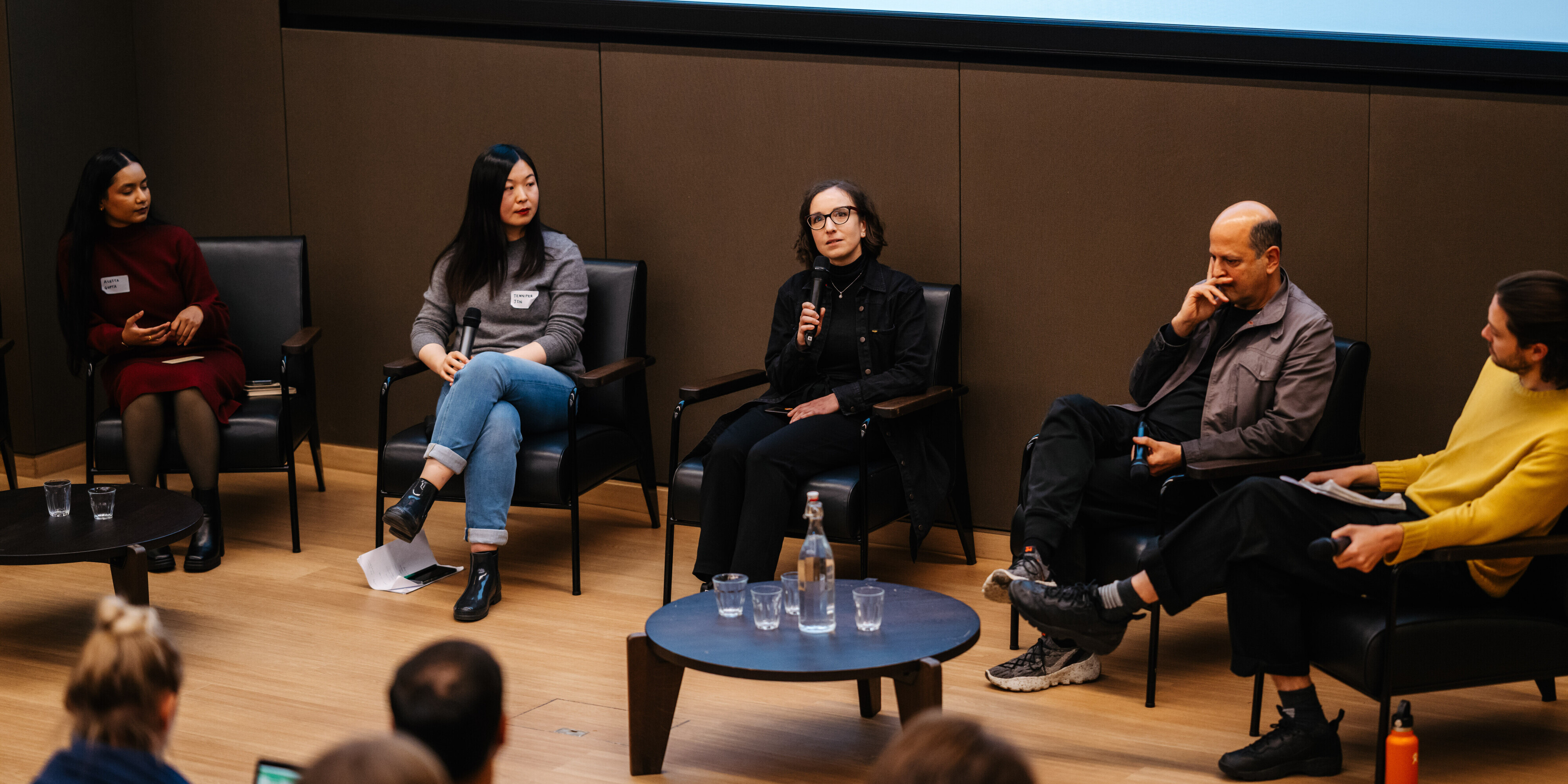
The annual event unfolded through a series of panel discussions and Q&A sessions directed by members of the Future Observatory and Design Museum teams. To get things going, the first panel featured a lively discussion around community engagement and the active involvement of citizen researchers. Subsequent conversations addressed the barriers to entering the circular economy and sparked debate over the role of AI and technology in research.
There were also some refreshing approaches to mediating research. Ewen McLachlan, one of the non-academic partners on a Design Exchange Partnership project, treated us to a poetry reading, articulating community concerns around climate change and action in Sutherland. Avni Patel, Learning Programme Manager at the Design Museum, also invited attendees to explore the concept of ‘care’ by choosing from a set of Pantone colour cards and expressing how that colour reflected their feelings about the climate.
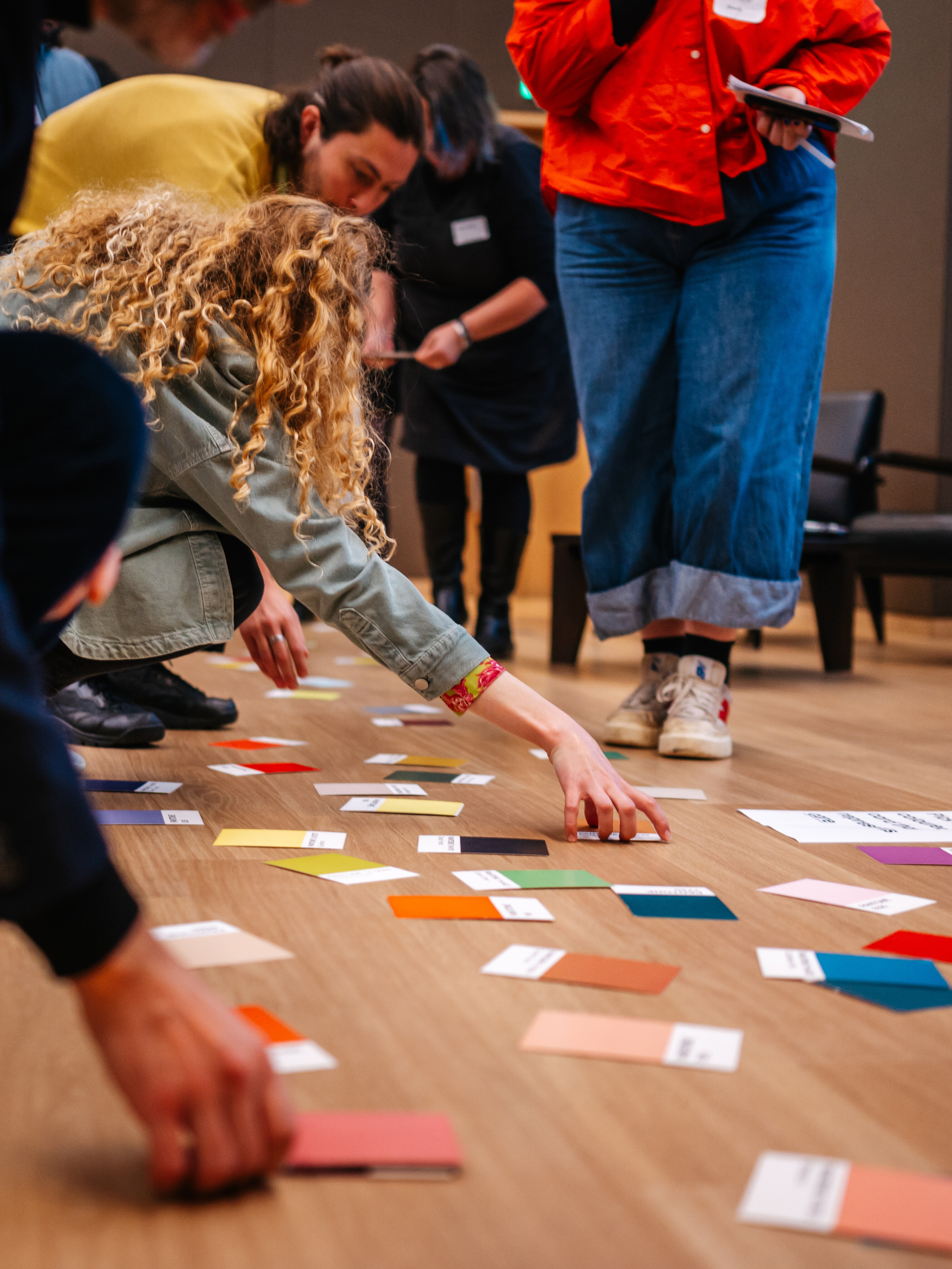

Between panel discussions, we were able to squeeze in a viewing of the newly opened Future Observatory display. Featuring a selection of projects within and beyond the Future Observatory portfolio, the display inspired some thought-provoking conversations around the public communication of design research and its potential for wider impact. In the final panel of the day, Dr Johannes Lohse, a Design Accelerator lead, acknowledged the ongoing challenge of bridging the gap between theory and practice to bring about change in policy spaces. As he put it, “in an ivory tower you can dream up a lot of ideas, but working with policy makers, you see a lot of red lines.”
“In an ivory tower you can dream up a lot of ideas, but working with policy makers, you see a lot of red lines”
In line with this, our researchers resolved to keep testing new materials, keep building physical structures and keep expanding community networks – all with the aim of persuading policymakers to take effective measures against climate change. Capturing the collaborative essence of the event, Rebecca Lewin, Senior Curator at the Design Museum, summarised the day as a series of opportunities for “learning from each other”. We left the forum inspired by the collective effort to move design practice forwards and reminded of Future Observatory’s mission-led approach to supporting research.
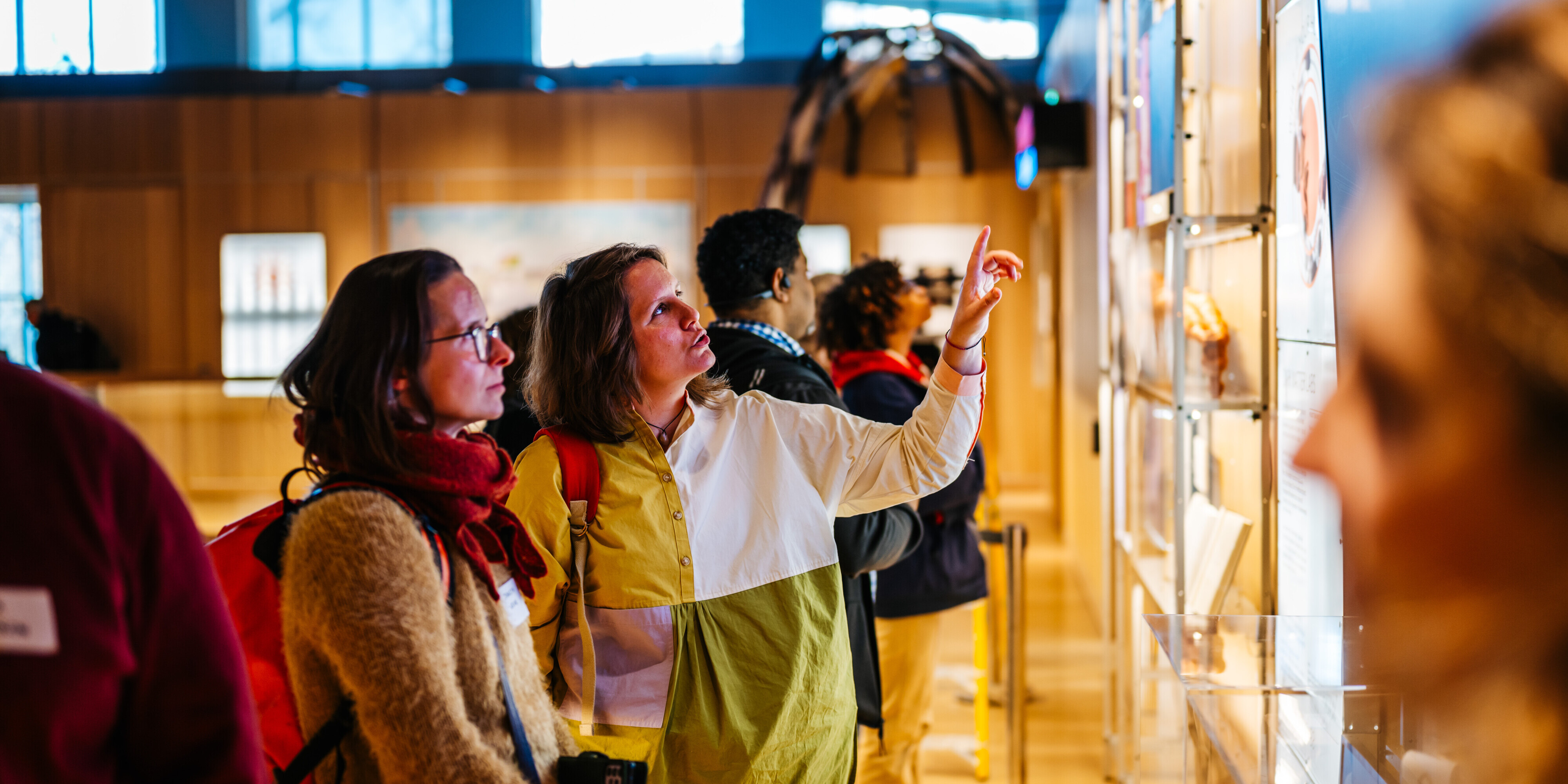
If you would like to keep up to date with our programme or share the outcomes of your research, you can sign up to the Future Observatory newsletter or drop us an email at futureobservatory@designmuseum.org.
